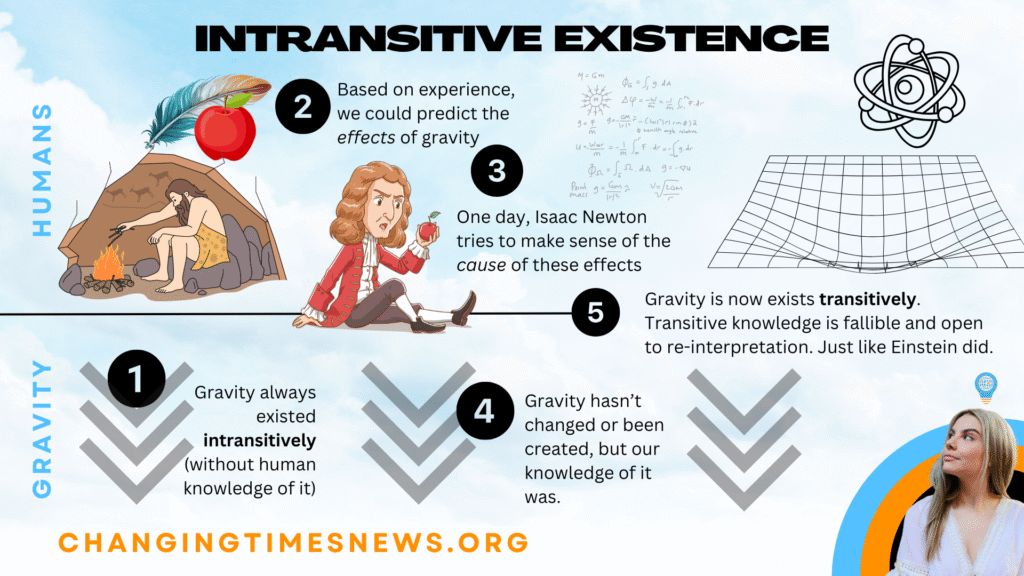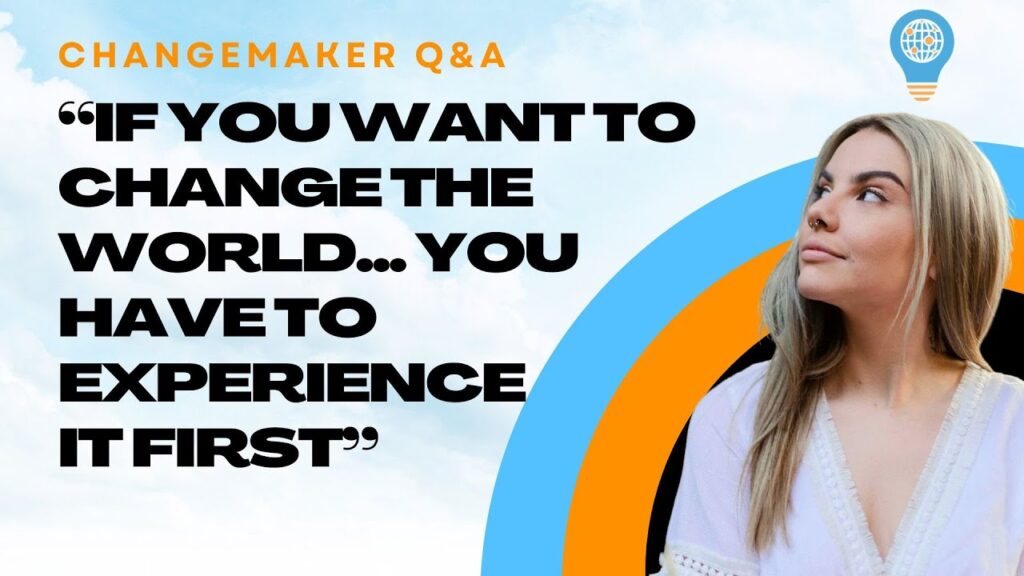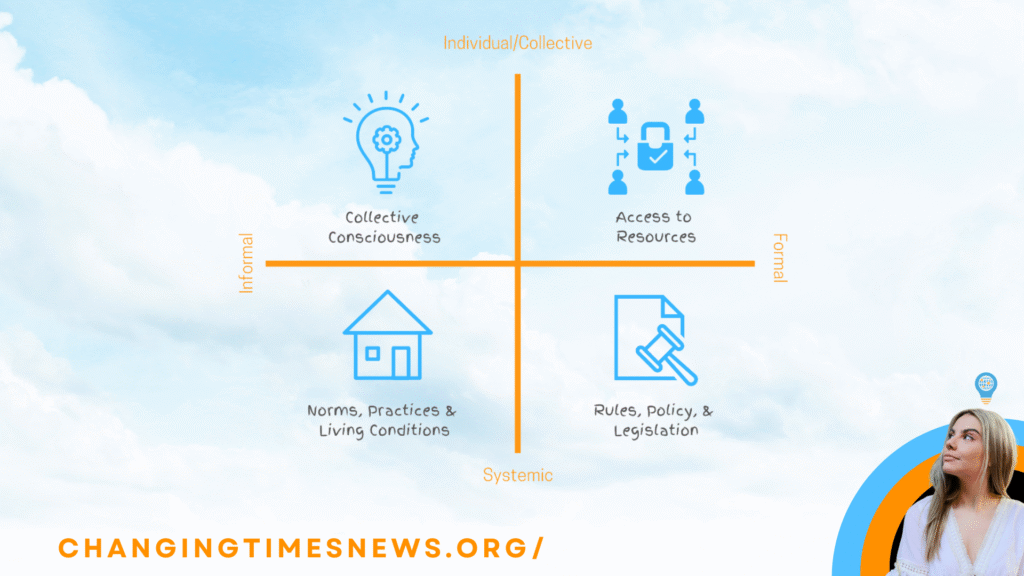In a compelling episode of Changemaker Q&A, host Tiyana J dives into a deeper, philosophical definition of “manifestation” — not as the new-age buzzword, but as a way of understanding how we bring latent potentials into reality via social change. The discussion challenges common spiritual and online interpretations and offers a richer conceptual framework for activists, changemakers, and anyone who wonders: can we really manifest social transformation?
From Potential to Reality: What Manifestation Really Means
Tiyana begins by asking listeners to drop preconceptions about manifestation rooted in pop spiritualism or the law of attraction. Instead, she proposes a definition more rooted in philosophy and social theory: manifesting something means taking concrete actions to create the causal conditions that bring something that already exists in potential (intransitively) into the world we experience (transitively).
- Intransitive existence: As she defines, something exists even before humans name or know it—for example, systems like patriarchy or capitalism, or phenomena like gravity. We can’t directly observe them in their full essence; what we observe are their effects.
- Transitive knowledge: The theories, frameworks, observations, and “knowledge of” these things that humans produce. Transitive knowledge is always fallible, always open to correction and reinterpretation.
Using examples like gravity, patriarchy, and her own PhD journey, Tiyana illustrates how manifestation is not about thinking positive only, or mesmerising one’s thoughts into existence, but about acting in ways that assemble the necessary conditions for those potentials to materialize.

What Misconceptions She Clears Up
From the episode, here are several misunderstandings Tiyana seeks to correct:
- Manifestation is not just positive thinking. Thought and mindset can be resources, but they aren’t sufficient in themselves. What manifests is influenced by our actions, environments, and the causal systems in which we work.
- You can only manifest what already exists as possibility. If a thing isn’t possible—in other words, if it doesn’t exist as potential—it can’t be made real simply by “wishing” it.
- There is no single formula or path to manifesting. Multiple causal pathways may lead to the same change. For example, raising $1 million might come via a high-earning job, entrepreneurship, or another route.
- Manifestation happens even unintentionally. Even when we’re not being mindful that we’re manifesting, our actions contribute to shaping conditions that bring certain potentials into reality.
Manifestation & Social Change: The Activist’s Equation
Given this richer definition, Tiyana argues that yes — social change can be manifested. In fact, the work of changemakers is precisely about assembling causal conditions: policy shifts, organizing, education, investment, law reform, community practices, culture change. All of these are ways of bringing potential social realities into being.
Her own example of getting into her PhD program illustrates this: meeting criteria, doing exams, preparing proposals, making vision boards — all of these combined to manifest the scholarship offer. Some of these steps were technical or material, others more internal or aspirational. All mattered.
Why Philosophy & Science Agree
While the episode is grounded in spirituality and values, Tiyana stresses that this view is not in conflict with science. Indeed, certain philosophical traditions—particularly critical realism—offer close parallels:
- Critical realism distinguishes between the intransitive dimension (the reality that exists independently of our knowledge) and the transitive dimension (our knowledge, theories, and interpretations). University of Warwick+1
- This framework allows us to hold both that there is a real world out there with causal powers (even if unseen), and that our understandings of it are provisional. Critical Realism Network+2University of Warwick+2
In other words, manifesting social change involves navigating both realities: the seen and unseen, the known and the yet to be known.
Key Takeaways for Changemakers
For readers and listeners engaged in social change, Tiyana’s episode offers several practical lessons:
- Clarify the potential: What is the change you believe already exists as possible? What is the latent potential you want to bring forward?
- Map the causal conditions: What steps, actions, partnerships, resources, moral convictions, policies, etc., could together generate the environment in which that potential can manifest?
- Recognize the limits: Not everything is possible; some potentials are constrained by broader systemic, physical or social limits.
- Act with awareness: Even when you aren’t conscious, your values, mindset, and beliefs affect your capacity to persist, to gather resources, to sustain the labor of change.
- Multiple routes: Have flexibility. Manifestation does not demand a singular path—there are many routes to change.
Why This Matters
In times when many people dismiss spirituality or philosophical reflection as “soft” or “woo-woo,” Tiyana’s framing shows that such perspectives can be powerful tools—not instead of action, but in tandem with it.
Understanding manifestation this way can help activists better strategize, avoid pitfalls of disillusionment, and see their work not as hopeful fantasy but as engaged, grounded possibility.
If social change is to happen, then we are the ones creating its conditions. For changemakers, that is both an immense responsibility—and an invitation.


